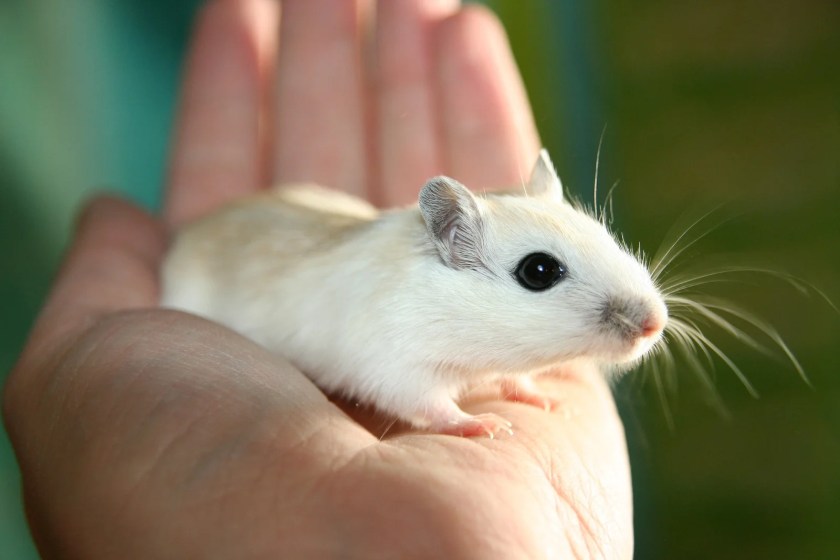We seem to have little knowledge or understanding of the secret world of ‘disposal of genetic surplus’ or in layman’s terms – the euthanasia of zoo animals not suitable for breeding in the opinion of science.

The declared dogma of most reputable zoos is that of a scientific and research emphasis based on doing everything possible to save species from extinction by any means possible. Most of this work operates behind the scenes and therefore is not entirely understood by the public and many of us may feel uncomfortable about what is involved in saving species.
In many ways the modern-day ‘professional’ zoo can almost be likened to a research laboratory where they use a team of veterinarians, scientists and researchers to carry out their breeding programmes, but when such professionals become involved in ‘saving’ or ‘rescuing’ species, the rights, welfare and interests of the individual animals become less important and sometimes lost.
Jens Sigsgaard, a zoologist at Aalborg Zoo in Denmark puts it this way: ‘Our function is not to keep an individual animal alive, but to keep the species alive’.
Zoonasia explained
A major problem for zoos is maintaining a good gene pool of unrelated animals from a dwindling supply of captive animals and avoid inbreeding. This is done by constantly exchanging animals around the world’s zoos, but the difficulty is that it is impossible to breed to order. Therefore the process of maintaining stocks of endangered and iconic animals for ‘future generations’ involves collateral damage in the form of “surplus” animals.
Iconic animals such as lions and tigers that help pull in the crowds are constantly overbred or are born the wrong sex and become liabilities as do many endangered species if they do not meet the requirements of a breeding program. An estimated 3-5,000 zoo animals are killed each year in the UK, although reliable figures are difficult to obtain or substantiate due to the obvious reluctance to divulge such information. Killing these animals is known in the trade as ‘Zoonasia’. This carnage appears to go mostly unnoticed by the public and even when highlighted is soon forgotten.
Zoos promote a caring public face by giving animals names to make our visits more personal and they are happy to show off expensive natural enclosures, state of the art veterinary care and top-quality diets, but the zoo professionals have a strange detachment when it comes to killing surplus animals.
The case of Marius the Giraffe
This subject came to public attention in 2014 with the story of a two-year-old male giraffe named Marius who was killed at the Copenhagen Zoo by their veterinarian Mads Bertelsen, DVM, DVSc. He then dissected Marius in front of cameras and families with young children on the pretext of education after which his remains were fed to the zoo’s lions.

That same year the zoo killed four of their lions and dissected a beautiful Sable antelope. The zoo was unrepentant despite worldwide outrage and couldn’t understand what the fuss was about. Bengt Holst, the Director of Research and Conservation was surprised at receiving death threats and a petition to sack him. The zoo not only upset the public, but the zoo profession in general, as they were not best pleased that their relatively secretive activity of culling animals was made so public. The zoo explained their reasoning in this way:
“The side effect is that we have a surplus of animals. It is in fact fortunate that we can use them as food. Instead of killing 20 goats or a cow, we can use the giraffe,” says Mads Frost Bertelsen. Zoo Veterinarian.
Mads Bertelsen, had apparently regularly carried out research on giraffes over the years for their ‘benefit’ and had dissected ‘a large number of surplus giraffes to investigate their cardiovascular anatomy using state-of-the-art methodology’.
Jens Sigsgaard, a zoologist at Aalborg Zoo, Denmark was quoted as saying that ‘surplus animals are already dead biologically speaking in the sense that they do not contribute to the next generation’. Only a scientist could refer to animals in this way.
All this is being done on our behalf to save animals for future generations of mankind and for a mythical time when the animals are released back into the wild. But will future generations be that interested as there are few if any wild animals existing already and most people do not seem that worried.
At least one zoologist, Liz Bonnin, has declared that it might be time to close zoos down as they no longer serve any purpose only to entertain and charm the public and has commented: ‘They’re [Giraffes] sentient, emotionally intelligent, cognitively gifted animals that deserve a better quality of life. It’s shameful that we scoff at anybody who raises the issue of animal welfare’.






